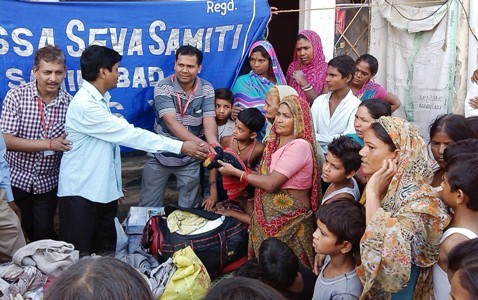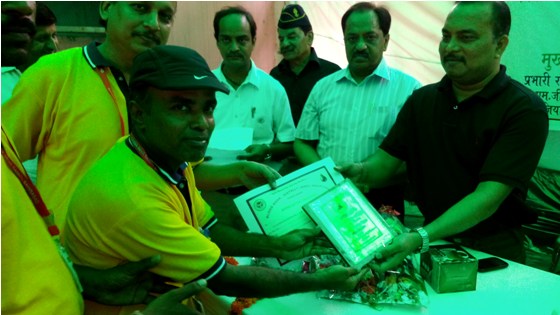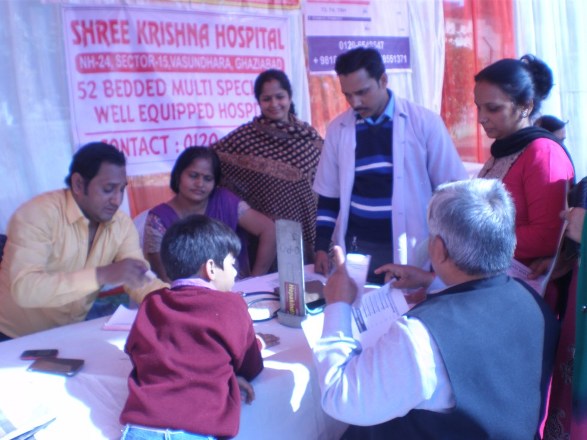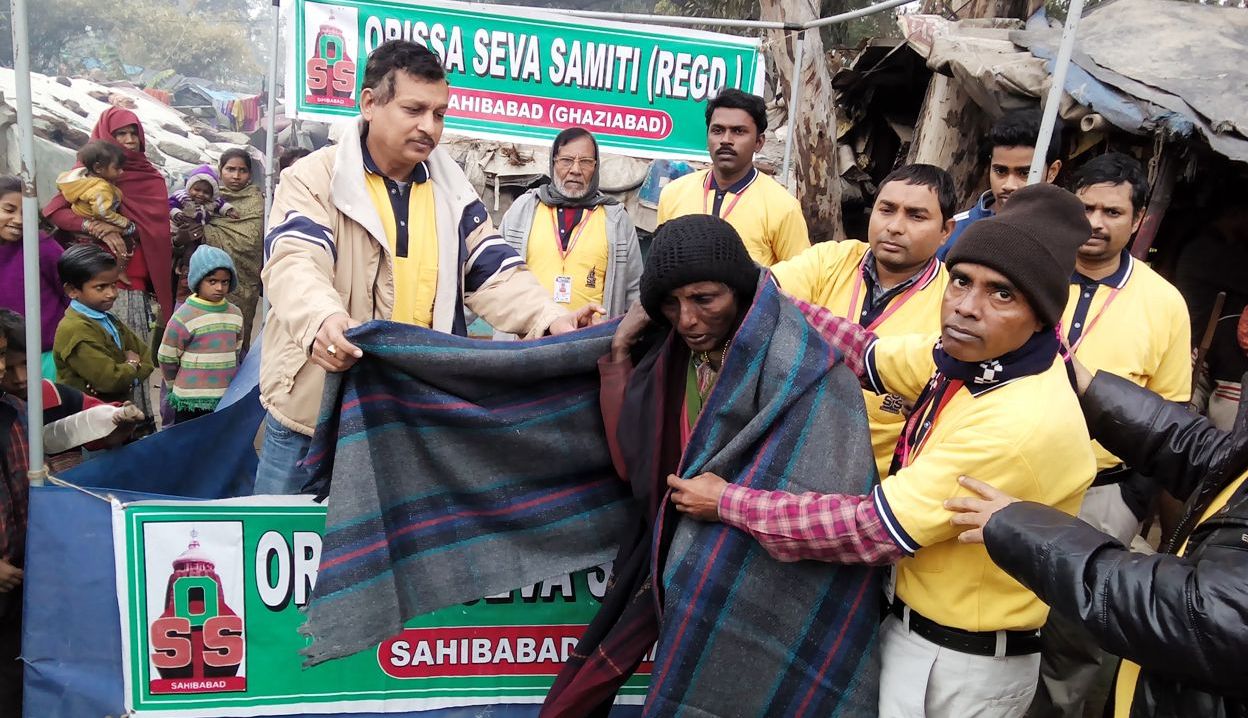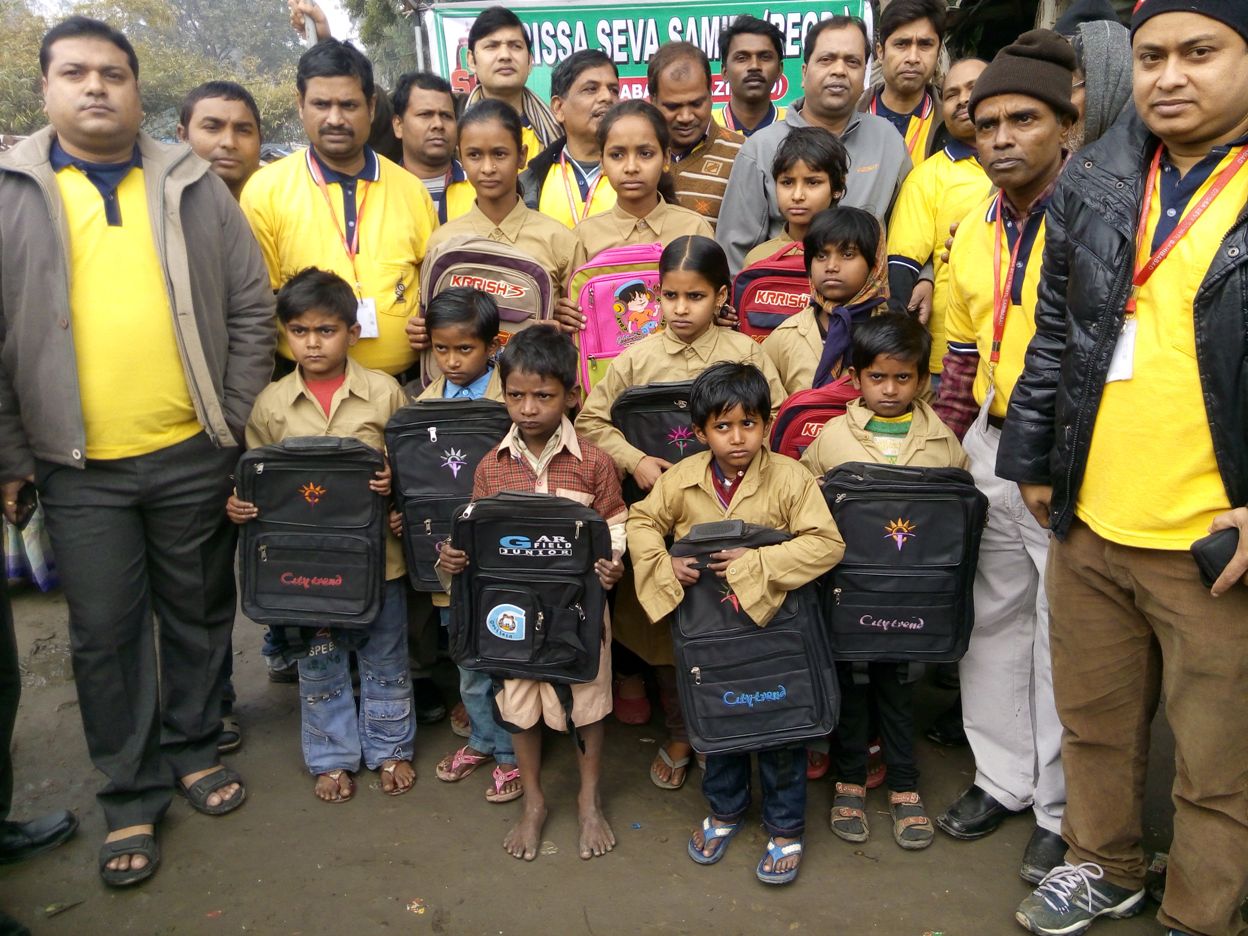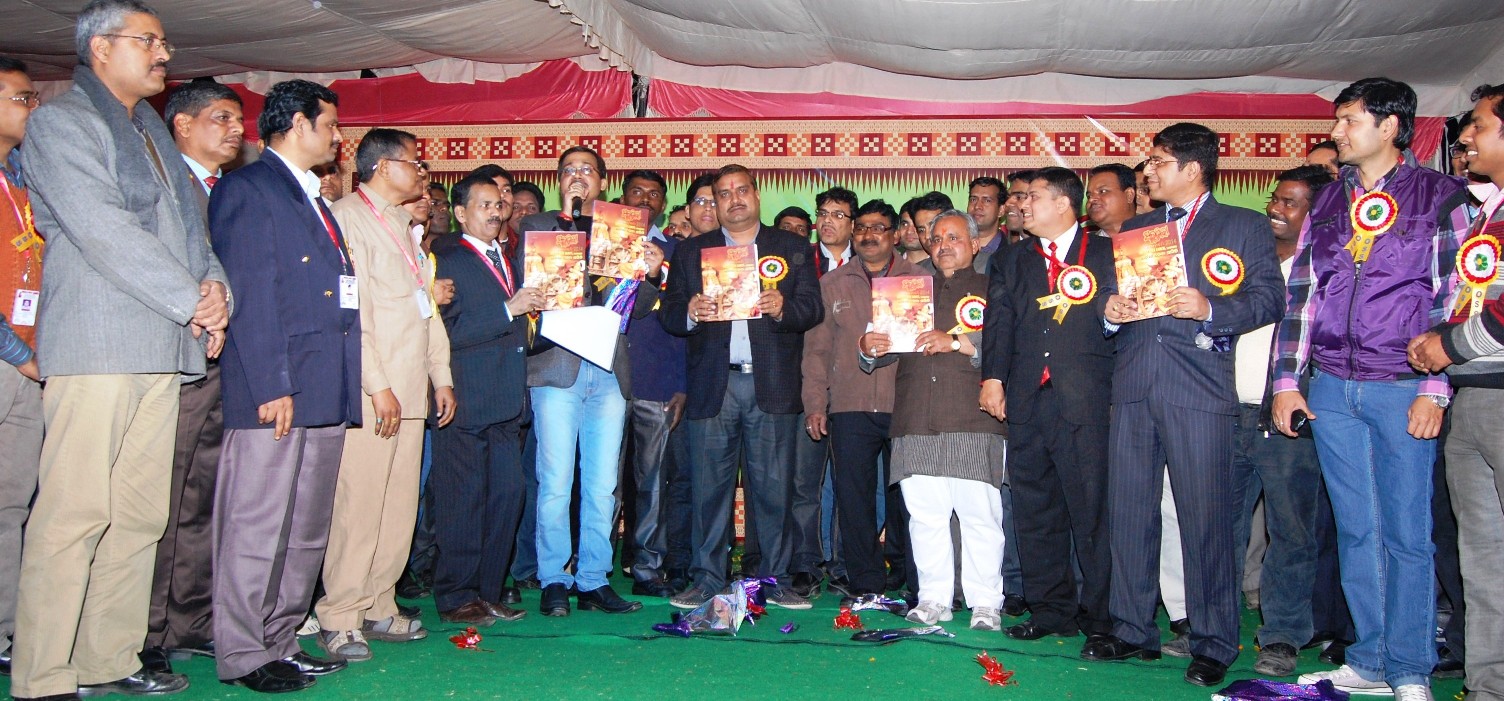Top 10 Pandas Techniques used in Data Science AI Probably
Content
The two primary types of regression analysis are simple linear and multiple linear. Big data is definedas a huge data set that continues to grow at an exponential rate over time. The four fundamentalcharacteristics of big dataare volume, variety, velocity, and variability. Volume describes quantity, velocity refers to the speed of data growth, and variety https://globalcloudteam.com/ indicates different data sources. Veracity speaks to the quality of the data, determining if it provides business value or not. Data collection is the process of collecting and analyzing information on relevant variables in a predetermined, methodical way so that one can respond to specific research questions, test hypotheses, and assess results.
- Mao, W.; Feng, W.; Liu, Y.; Zhang, D.; Liang, X. A new deep auto-encoder method with fusing discriminant information for bearing fault diagnosis.
- Figure 9.The two-dimensional maps of the nuclear density distributions in the unit cell of the orthorhombic polyethylene crystal.
- The 2D WAXD pattern was measured by rotating the sample around the chain axis to erase the heterogeneous intensity distribution coming from such multiple crystals .
- Enables you to solve the most complex analytical problems with a single, integrated, collaborative solution – now with its own automated modeling API.
- The process of gathering and analyzing accurate data from various sources to find answers to research problems, trends and probabilities, etc., to evaluate possible outcomes is Known as Data Collection.
This Data Science PG program is ideal for all working professionals, covering job-critical topics like R, Python programming, machine learning algorithms, NLP concepts, and data visualization with Tableau in great detail. This is all provided via our interactive learning model with live sessions by global practitioners, practical labs, IBM Hackathons, and industry projects. Linear regression is a data science modeling technique that predicts a target variable.
Predictive analysis
Data is the driving force behind the decisions and operations of data-driven businesses. However, there may be brief periods when their data is unreliable or not prepared. Customer complaints and subpar analytical outcomes are only two ways that this data unavailability can have a significant impact on businesses. A data engineer spends about 80% of their time updating, maintaining, and guaranteeing the integrity of the data pipeline. In order to ask the next business question, there is a high marginal cost due to the lengthy operational lead time from data capture to insight. When working with various data sources, it’s conceivable that the same information will have discrepancies between sources.
The number of techniques is higher than 40 because we updated the article, and added additional ones. Give unknown data to the machine and allow the device to sort the dataset independently. It is one of the techniques on the data by special software . The data scientist adds the essential data and develops a new result that helps solve the problems.
Dealing With Big Data
The signals captured by sensors may be coupled with multiple fault signals, and the generic FDP methods that work for one single fault will inevitably fail in compound-fault modes. In addition, the compound-fault samples are also difficult to collect and label, which further limits the application of the existing deep learning-based methods . In operational complex industrial systems, compound faults are generally more dangerous and harmful than a single fault . It has, therefore, become a key issue to be solved for complex industrial systems.
Once the coding system is developed, relevant codes can be applied to specific texts. Researchers and data analysts can use content analysis to identify patterns in various forms of communication. Content analysis can reveal patterns in recorded communication that indicate the purpose, messages, and effect of the content.
Later the scores are used to filter out those input variables/features that we will use in our feature selection model. On the contrary, the supervised feature selection techniques make use of the target variable, such as the methods which remove the irrelevant and misleading variables. Two main types of feature selection techniques are supervised and unsupervised, and the supervised methods are further classified into the wrapper, filter, and intrinsic methods.
Data Preprocessing: 6 Techniques to Clean Data
For example, we can transform a categorical variable into an ordinal variable. Also, we can transform a numerical value into a discrete one, etc., and see the interesting results coming out. how to become a data scientist Variables can be transformed into one another in order to access different statistical measures. Therefore, based on the Null hypothesis, there exists no association between both variables.
In the field of computer vision, the lightweight design of deep learning models has been a hot research spot for edge implementation, and typical methods are network pruning and knowledge distillation . Currently, some pioneer work has been conducted and shown promising results for intelligent FDP on edge ends. Currently, the studies of model-level meta-learning for intelligent FDP with imbalanced data are still in their earlier stages. Some work , mostly based on metric-based meta-learning, has explored its implementation in industrial FDP, and shown excellent accuracy and robustness on public datasets. However, it needs further development and verification in operational industrial systems. One direct way is to generate more balanced/diverse data to enhance the training sets for FDP models.
Respondents get a series of questions, either open or close-ended, related to the matter at hand. Using the primary/secondary methods mentioned above, here is a breakdown of specific techniques. Secondary data is second-hand data collected by other parties and already having undergone statistical analysis. This data is either information that the researcher has tasked other people to collect or information the researcher has looked up.
In larger data science teams, a data scientist may work with other analysts, engineers, machine learning experts, and statisticians to ensure the data science process is followed end-to-end and business goals are achieved. Early detection, isolation, and identification of different faults enabled with DL techniques will help to greatly improve the efficiency, reliability, and repeatability of industrial systems. With the fast development and evolution of DL and related techniques, in near future many fundamental problems, such as the mentioned open challenges, are very likely to be addressed.
Apply a function to the DataFrame
Despite the imbalance in local systems, there are a large number of similar devices or subsystems in other industrial, mechanical, power grid systems, etc. These devices and subsystems share the similar architecture or composition, and they have accumulated a certain amount of historical health data. The utilization of these large amounts of useful data or knowledge from other systems for the FDP of local industrial system, i.e., task-level transfer learning, becomes an efficient and promising approach. It emphasizes the transformation data, feature, knowledge or model to different fields. At present, transfer learning-based methods have been implemented in other fields such as image recognition, and several pioneering work has been completed for intelligent FDP.
AE can also be divided into standard AE , denoising AE , sparse AE , variational AE and contractive AE , etc. The key point of fault prognosis is the choice of degradation model. The factors considered include the global degradation mode, short-term degradation characteristics, the amount of data available for modeling and the data noise level, etc. One major challenging problem in fault prognosis is the remaining useful life estimation of the device whose specific meaning is shown in Figure 2. We collect and summarize recent advances of recent 5 years for intelligent industrial FDP, review and analyze them from the perspective of DL techniques. To summarize the current research of intelligent FDP, there are a number of outstanding surveys on the topic of intelligent FDP .
What Are the Risks of Statistical Analysis?
Data science is a field that spreads over several disciplines. It incorporates scientific methods, processes, algorithms, and systems to gather knowledge and work on the same. This field includes various genres and is a common platform for the unification of statistics, data analysis, and machine learning. In this, the theoretical knowledge of statistics and real-time data and techniques in machine learning work hand-in-hand to derive fruitful outcomes for the business.
What is Data Collection: A Definition
The differences could be in formats, units, or occasionally spellings. The introduction of inconsistent data might also occur during firm mergers or relocations. Inconsistencies in data have a tendency to accumulate and reduce the value of data if they are not continually resolved. Organizations that have heavily focused on data consistency do so because they only want reliable data to support their analytics. Quality assurance and quality control are two strategies that help protect data integrity and guarantee the scientific validity of study results.
The essential goal of data science techniques is to search for relevant information and detect weak links, which tend to make the model perform poorly. Shen, C.; Qi, Y.; Wang, J.; Cai, G.; Zhu, Z. An automatic and robust features learning method for rotating machinery fault diagnosis based on contractive. The attention mechanism now has been adopted in various deep learning architectures, such as CNNs and RNNs. When the device fault can be captured by camera, i.e., there are evidences reflected at pixel level, the CNN-based methods can obtain better diagnosis results, such as in the fields of machinery and circuits.
In any scientific experiment, the research will be centered around a hypothesis which is a proposed supposition or explanation that the research will seek to prove or disprove. A hypothesis is a starting point in the research process. There are many ways to collect data for social sciences-based research projects. Each data collection method is a tool that has a specific purpose. To choose the right tool and obtain the right information, it’s important to develop an understanding of its functions.
When dealing with real-world data, Data Scientists will always need to apply some preprocessing techniques in order to make the data more usable. These techniques will facilitate its use in machine learning algorithms, reduce the complexity to prevent overfitting, and result in a better model. Data science involves the use of multiple tools and technologies to derive meaningful information from structured and unstructured data. Here are some of the common practices used by data scientists to transform raw information into business-changing insight.
What is data science?
Bureau of Labor Statistics does automated classification of workplace injuries. Lasso, short for “least absolute shrinkage and selection operator,” is a technique that improves upon the prediction accuracy of linear regression models by using a subset of data in a final model. The primary question data scientists are looking to answer in classification problems is, “What category does this data belong to?” There are many reasons for classifying data into categories. Perhaps the data is an image of handwriting and you want to know what letter or number the image represents. Or perhaps the data represents loan applications and you want to know if it should be in the “approved” or “declined” category. Other classifications could be focused on determining patient treatments or whether an email message is spam.
While the phrase “data collection” may sound all high-tech and digital, it doesn’t necessarily entail things like computers, big data, and the internet. Data collection could mean a telephone survey, a mail-in comment card, or even some guy with a clipboard asking passersby some questions. But let’s see if we can sort the different data collection methods into a semblance of organized categories. Before we define what is data collection, it’s essential to ask the question, “What is data?
Allergy and immunology science lies at an intersection where it is crucial to protect planetary biodiversity while protecting human health, especially of high-risk populations, children, pregnant women, and aboriginal peoples. Few buildings in poor areas have air conditioning or adequate ventilation to reduce smoke and pollution exposure. Many children play in schoolyards for most of the day, exposing themselves to dust and pollen, increasing the odds of developing allergic rhinitis.
Cloud storage solutions, such as data lakes, provide access to storage infrastructure, which are capable of ingesting and processing large volumes of data with ease. These storage systems provide flexibility to end users, allowing them to spin up large clusters as needed. They can also add incremental compute nodes to expedite data processing jobs, allowing the business to make short-term tradeoffs for a larger long-term outcome. Cloud platforms typically have different pricing models, such a per-use or subscriptions, to meet the needs of their end user—whether they are a large enterprise or a small startup.
The past year focused heavily on data intelligence, lakehouse development and observability as vendors innovated to help … Similar to a decision tree, this technique uses a hierarchical, branching approach to find clusters. DBSCAN. Short for “Density-Based Spatial Clustering of Applications with Noise,” DBSCAN is another technique for discovering clusters that uses a more advanced method of identifying cluster densities. Another centroid-based clustering technique, it can be used separately or to improve on k-means clustering by shifting the designated centroids.






